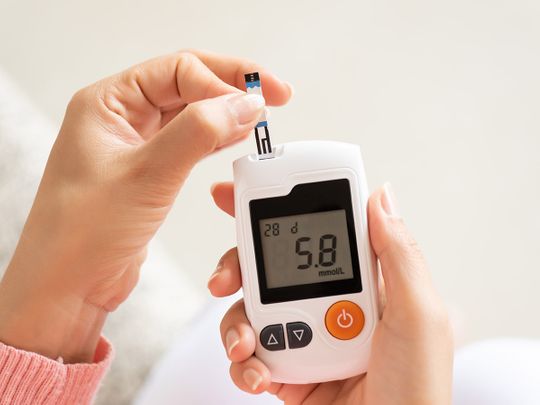In today’s fast-paced world, keeping track of your health is more important than ever. For individuals with diabetes or those at risk of developing it, monitoring glucose levels is a crucial aspect of self-care. Fortunately, advancements in technology have made it easier than ever to check glucose levels at home, empowering individuals to take control of their health. In this comprehensive guide, we’ll explore the various methods available for at-home glucose monitoring and provide tips for accurate readings.
Understanding Glucose Monitoring
Before delving into the methods of checking glucose levels at home, it’s essential to understand the significance of glucose monitoring. Glucose is a type of sugar that serves as the primary source of energy for the body’s cells. However, individuals with diabetes may experience fluctuations in blood glucose levels, leading to various health complications if left unmanaged.
Regular monitoring of glucose levels allows individuals to track how their bodies respond to food, physical activity, medications, and other factors. By maintaining optimal glucose levels, individuals can reduce the risk of complications such as nerve damage, kidney disease, and cardiovascular issues.
Methods: Monitoring Glucose Levels at Home
Blood Glucose Meters: Blood glucose meters are the most common and traditional method of monitoring glucose levels at home. These devices require a small blood sample obtained by pricking the fingertip with a lancet. The blood sample is then applied to a test strip, which is inserted into the meter for analysis. Modern blood glucose meters offer features such as memory storage, automatic coding, and connectivity to smartphones for data tracking.
Continuous Glucose Monitoring (CGM) Systems
CGM systems provide real-time glucose readings throughout the day by using a tiny sensor inserted under the skin to measure glucose levels in the interstitial fluid. These sensors transmit data wirelessly to a receiver or smartphone, allowing users to monitor trends and receive alerts for high or low glucose levels. CGM systems offer convenience and continuous monitoring, making them particularly beneficial for individuals with type 1 diabetes or those requiring tight glucose control.
Flash Glucose Monitoring
Similar to CGM systems, flash glucose monitoring involves wearing a small sensor on the skin to measure interstitial glucose levels. However, instead of continuous readings, users must scan the sensor with a reader device to obtain glucose readings. Flash glucose monitoring systems offer convenience and discretion, as they do not require fingerstick calibration or frequent sensor insertions.
Read More Can you use a blood glucose meter without testing strips?
Tips for Accurate Readings
Follow Instructions Carefully: Whether using a blood glucose meter, CGM system, or flash glucose monitoring device, it’s essential to read and follow the manufacturer’s instructions carefully. Proper technique ensures accurate readings and reliable data.
Maintain Cleanliness
Before testing, ensure that your hands and testing site are clean and dry to prevent contamination and ensure accurate results.
Calibrate as Needed
For devices that require calibration, such as some CGM systems, follow the recommended calibration process to maintain accuracy.
Read Guide about Wegovy Dosage Guide: The Best Way For Weight Loss
Check Device Accuracy
Periodically verify the accuracy of your glucose monitoring device by comparing its readings to those obtained from laboratory tests or other reliable methods.
Keep Records
Maintain a log of your glucose readings, along with relevant factors such as food intake, exercise, medication, and stress levels. Tracking this information can help identify patterns and make informed decisions about your diabetes management.
Also, read about Sheep’s Wool Keratin May Help Manage Type-2 Diabetes
Conclusion
Regular monitoring of glucose levels is essential for managing diabetes and promoting overall health and well-being. With advancements in technology, individuals can now check their glucose levels at home conveniently and accurately using various methods such as blood glucose meters, continuous glucose monitoring systems, and flash glucose monitoring devices. By following proper techniques and tips for accurate readings, individuals can take control of their diabetes management and lead healthier lives. Remember, always consult with your healthcare provider for personalized guidance and recommendations tailored to your specific needs.


